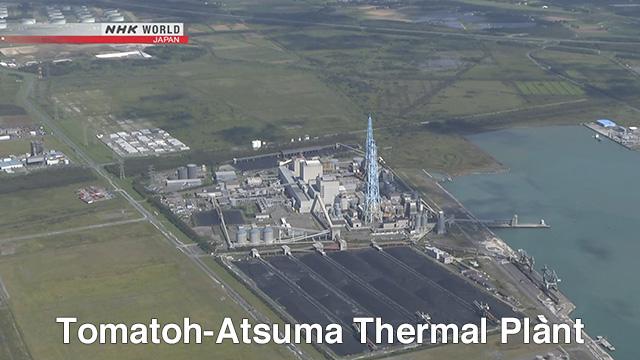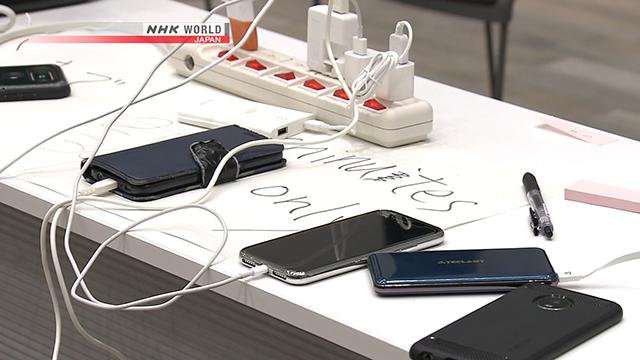The quake shut down all power plants in Hokkaido and temporarily blacked out the entire prefecture, affecting nearly 3 million households. Transportation including the Shinkansen bullet train, local trains and subway systems were out of order.
Some hospitals were unable to handle outpatients or offer emergency response services. All of them were back in operation by Tuesday morning, but there is still confusion and difficulty especially for those who need special medical care such as dialysis treatment. Since the capacity of the hospitals is limited, some patients are forced to go to medical facilities which are not familiar to them. Some patients have had to cut down on their number of treatments.
Lack of power is also doing serious damage to the prefecture's key industry. About half of the raw milk produced in Japan comes from Hokkaido and its market share of dairy products is nearly 90 percent. Power outages have shut down milking machines and refrigeration equipment, leaving some dairy farmers unable to milk their cows.
A farm in the town of Shibecha lost electricity for 3 days. The owner couldn't milk his140 cows as he couldn't use the milking machine. Half of the animals developed inflammation and 7 have died. He says he still doesn't know what to do, but that he will try his best to protect the cows.

An emergency shutdown of the Tomatoh-Atsuma thermal plant, the largest thermal plant in Hokkaido, was the major trigger of the massive blackouts.
The plant has 3 power-generating facilities. It accounts for 30 percent of the prefecture's whole load capacity. When the quake struck, the plant was supplying about half of what the prefecture needed. The shutdown caused an imbalance between demand and supply, making it difficult for other plants to produce power as well.
Power is transmitted to end users from power plants at a certain frequency. It is necessary to keep a balance between power demand and output. After the failure of the Tomatoh-Atsuma plant, power demand far exceeded supply. The necessary frequency could not be maintained. This forced other plants to stop -- a safety measure to prevent equipment damage.

Now, the power is gradually returning, but the prefecture's largest thermal plant's ongoing repairs may cause inconvenience for the locals.
Japan's industry minister Hiroshige Seko said that as of Tuesday, the largest thermal power plant is unlikely to go fully back online until November or later. This is much later than the initial estimate of at least one week. He said the government will try to provide necessary support to restart the plant as soon as possible.
Seko called for cooperation to cut energy use by 20 percent until an energy-generating facility at a water power plant starts running on Friday. He said major users in the industrial sector have been making great contributions by suspending operations, scaling back production lines and shifting operations to nighttime. But he said households, shops and offices have not done enough to save energy.

Hokkaido Electric Power Company is rushing to bring its largest power plant back online. Company officials have also restarted thermal plants that were temporarily halted. But the total output is still below normal levels.
The company is also considering whether to use electricity generated during tests of a new thermal plant which has not yet opened. A test run for the new plant, which runs on liquefied natural gas, is scheduled to take place next month, ahead of its official opening next February. Company officials plan to check whether there will be any safety or regulatory issues if electricity generated from its test run is sent to households or companies.
The power supply situation in Hokkaido remains precarious.


